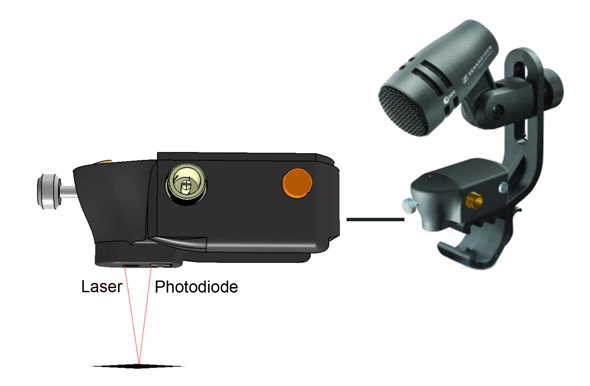Both mixing engineers and mastering engineers are tied at the hip, though many don't realize it. Yes, it's true that many mastering engineers are dependent upon a mixer's business to keep the doors open, but that's been changing, since many times there's a shoot-out between mastering engineers to see who gets the gig. Usually, the one who can provide the loudest master wins (there's that loudness war again).
But that's not the real issue, nor where mixing and mastering engineers are mostly tied together. In fact, the concept of a separate specialized mixing engineer and a creative mastering engineer both began at nearly the same time during the late 70s, and continued to grow in prominence from that point until today. Before then, engineers were somewhat interchangeable and came with the studio that you rented. Usually the same engineer that recorded the project would mix it, since the projects were generally short (as in a few weeks) to begin with.
As for mastering engineers, they were just part of the process of transferring the audio signal from tape to vinyl disc (and later CD). It wasn't until legends like
Bernie Grundman, Doug Sax and
Bob Ludwig began to make mixes sound better, and louder, than the mixer could, that the mastering engineer came to be what he is today - the last part of the creative process.
But EDM is changing all of that. Today there's less perceived need for someone to mix an EDM track. The writer/programmer gets the sound he wants right from the start of the track, and since the kick and bass are already out in front and have a lot of impact, most feel that there's no reason to hire a specialized mixer for that particular bag of tricks.
The same goes for mastering engineers. Thanks to some great tools from a variety of plungin companies like
Waves, Slate Digital, Universal Audio and
iZotope to name a few (the same tools that many mastering engineers use), EDM mixers can pretty much make their mixes as loud as needed, so it's not surprising when they ask, "Why do I even need a mastering engineer?"
One of the things about EDM is that there's a different kind of finesse involved in its creation from what a great many of the industry veterans are used to, where manipulation of the sound is encouraged and celebrated, and distortion is viewed as simply a byproduct of that manipulation. That's the antithesis of most mix and mastering engineers that don't deal in EDM, where in their world distortion is something to be avoided. In fact, getting impact from the rhythm section without it is almost revered.
As my buddy (and mixing legend)
Dave Pensado recently expressed to me, "We've (mixers) been too concerned with sonic quality, and it's hurt mixers when it comes to EDM as a result." It should be noted that Dave is one of the few mixers who does a fair amount of EDM, so he can speak with some authority on the subject.
Is this trend going to kill the market for mix and mastering engineers? Probably not. When it comes to music made by real instruments instead of samples and loops, it takes a great deal of expertise that only comes from experience with that type of music. I have a friend who creates fantastic electronic music, but is hopeless when it comes to either recording or mixing real instruments (especially the drums).
In many ways, it's apples and oranges, but EDM is an ever-growing musical genre that now dominates the music business. As
Aaron Ray, a principle in the management company
The Collective said last week during a talk that I attended, "EDM has decimated rock. It's now an entirely different business."
The point of this post is to open up the eyes of those in our business who may be a little too tied to the past way of doing things, since there's a whole genre of music that's mostly ignoring you. In the end, we're all in a service business and the client is still king. It's great to have principles, but if you hold them too tightly, you might find yourself not working as much as a result. If a client wants something that violates your aesthetic sense, in today's world, you might consider suppressing your arty urges and give them what they want, because there's a whole group of people right behind you that are more than willing to do just that.
----------------------------------




